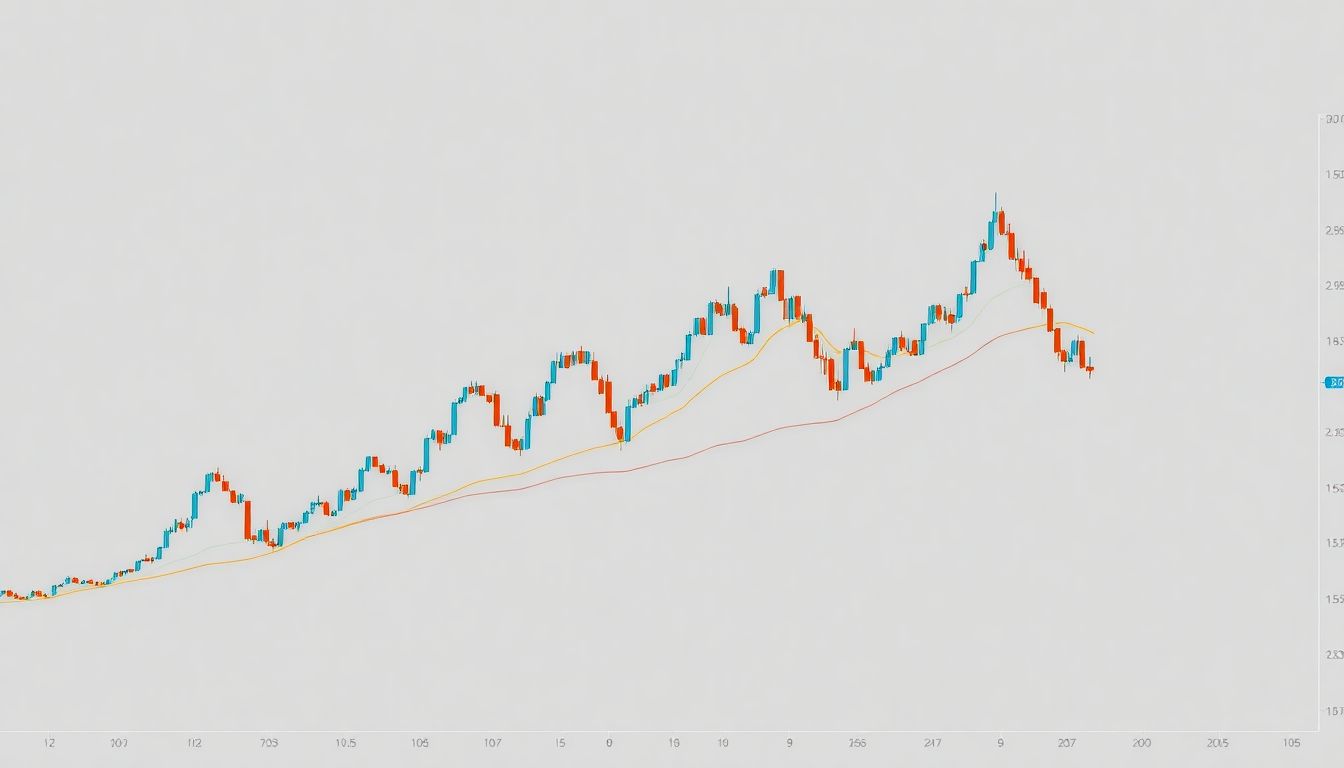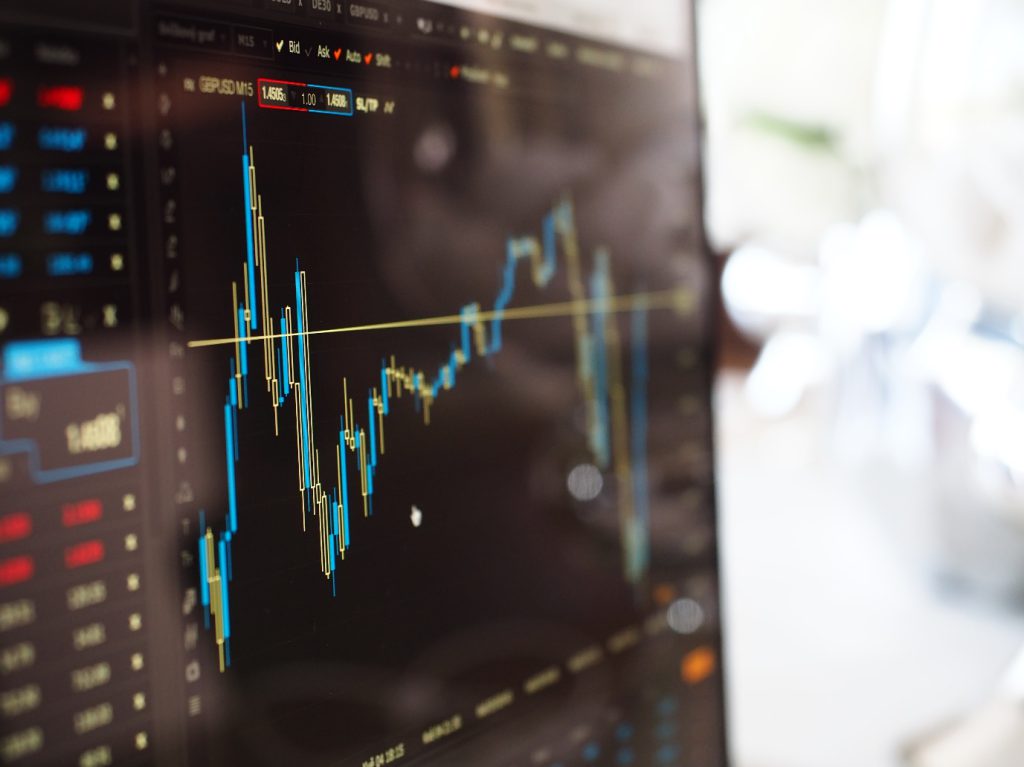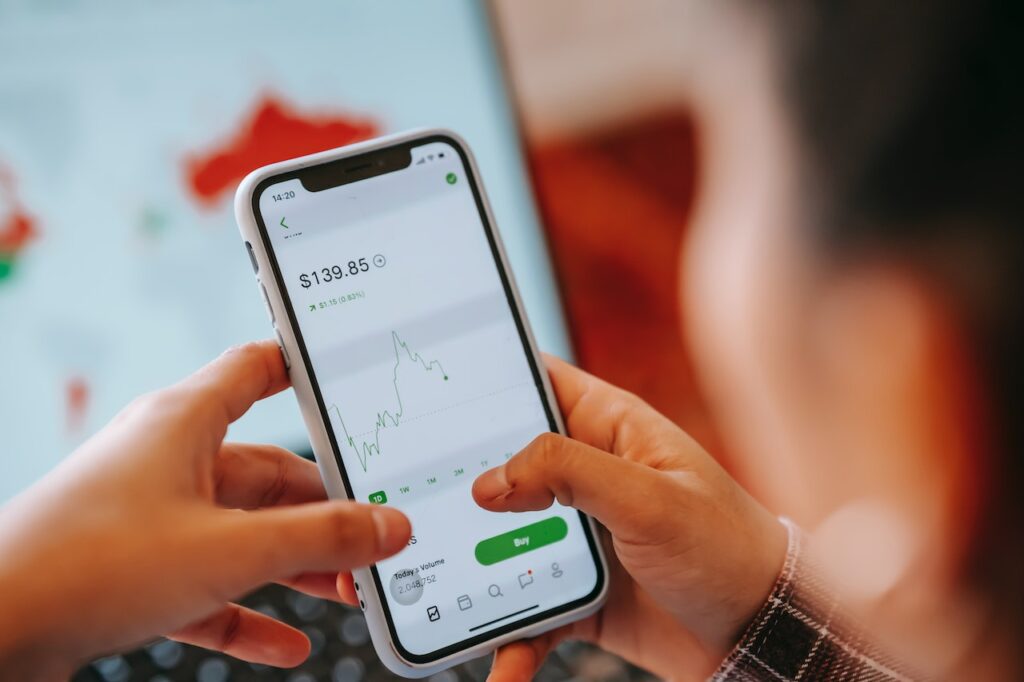Introduction to Scalping and Day Trading
Defining Scalping and Day Trading
History and Evolution of Scalping and Day Trading
Scalping and day trading are two popular trading strategies that cater to different styles and preferences in the financial markets. While both involve buying and selling securities within a single trading day, they differ in terms of holding periods, risk management approaches, and profit potential. Understanding the key differences and benefits of each strategy is essential for traders looking to optimize their trading performance and achieve their financial goals. In this article, we will explore the intricacies of scalping and day trading, highlighting the advantages, risks, and factors to consider when choosing the right strategy for your trading endeavors.
# Introduction to Scalping and Day Trading
If the stock market were a high school, scalping and day trading would be the popular kids everyone wants to be friends with. But what exactly are they? Strap in, because we’re about to break it down.
## Defining Scalping and Day Trading
Scalping is like the flash mob of trading – quick, intense, and over before you know it. Day trading, on the other hand, is more like a marathon where you sprint for short periods throughout the day. Both involve buying and selling financial instruments, but the devil is in the details.
## History and Evolution of Scalping and Day Trading
Scalping has been around since traders wore powdered wigs and high socks. Day trading, a more modern player in the field, exploded in popularity with the rise of technology and online trading platforms. Evolve or be left in the financial Stone Age!
# Key Differences Between Scalping and Day Trading
Time to unravel the mystery of scalping and day trading like a financial Sherlock Holmes. Let’s discuss how these two strategies stack up!
## Time Horizon and Holding Periods
In scalping, traders hold onto the hot potato for mere seconds or minutes, while day traders keep their cool for the entire trading day. It’s like the difference between speed dating and a stable relationship.
## Risk Management Strategies
Scalpers rely on lightning-fast reflexes and precision timing to dodge bullets in the market, while day traders have a bit more wiggle room to breathe. Think of it as dodging a bullet train versus a leisurely stroll in the park.
# Benefits of Scalping as a Trading Strategy
Why choose scalping? Besides the adrenaline rush, there are some perks worth considering.
## Profit Potential in Small Price Movements
Scalpers thrive on tiny price fluctuations, like financial ninjas making money moves in the blink of an eye. Who knew pocket change could add up to serious cash?
## Increased Trading Opportunities
Scalpers get more action than a Hollywood blockbuster, with multiple trades squeezed into a single session. It’s like speed dating for your portfolio – quick, thrilling, and potentially rewarding.
# Benefits of Day Trading as a Trading Strategy
And what about day trading? Let’s uncover why this strategy has its own fan club.
## Flexibility and Control
Day traders call the shots in their financial playground, strategically making moves throughout the trading day. It’s like being the director of your own financial movie – action-packed and full of surprises.
## Reduced Overnight Risk
Sleep like a baby knowing your trades are safe and sound when the market closes shop. Day traders avoid the drama of overnight price swings, waking up refreshed and ready for the next trading day. Sweet dreams indeed!
Risks Associated with Scalping
High Transaction Costs
Scalping involves making multiple trades in a short period, which can rack up transaction fees that eat into profits.
Emotional Stress and Pressure
The fast-paced nature of scalping can lead to emotional stress and pressure as traders make quick decisions and react to rapid price changes.
Risks Associated with Day Trading
Market Volatility and Price Gaps
Day trading exposes traders to sudden market volatility and price gaps, which can lead to unexpected losses if not managed properly.
Psychological Challenges and Burnout
Day trading requires focus and discipline, but can also lead to burnout and psychological challenges due to the constant monitoring of trades and market movements.
Factors to Consider When Choosing Between Scalping and Day Trading
Personal Trading Style and Preferences
Consider your personal comfort level with risk, time commitment, and trading preferences to determine whether scalping or day trading aligns with your goals.
Market Conditions and Instruments Traded
Evaluate the market conditions and instruments you are trading to match the strategy that complements the market environment and suits the assets you are dealing with.
Conclusion and Final Considerations
Ultimately, the choice between scalping and day trading depends on your risk tolerance, time commitment, and psychological resilience. Experiment with both strategies to find what works best for you, and remember to adapt your approach as market conditions evolve. Happy trading!
Conclusion and Final Considerations
As you navigate the world of trading, whether through the fast-paced nature of scalping or the strategic approach of day trading, it is crucial to weigh the benefits and risks associated with each strategy. Remember that there is no one-size-fits-all approach, and finding the right fit for your trading style and goals is key. By understanding the nuances of scalping and day trading, and considering factors such as market conditions and personal preferences, you can make informed decisions to enhance your trading success. Stay informed, stay disciplined, and continue to evolve your trading strategy as you strive towards your financial objectives.









Facebook Comments